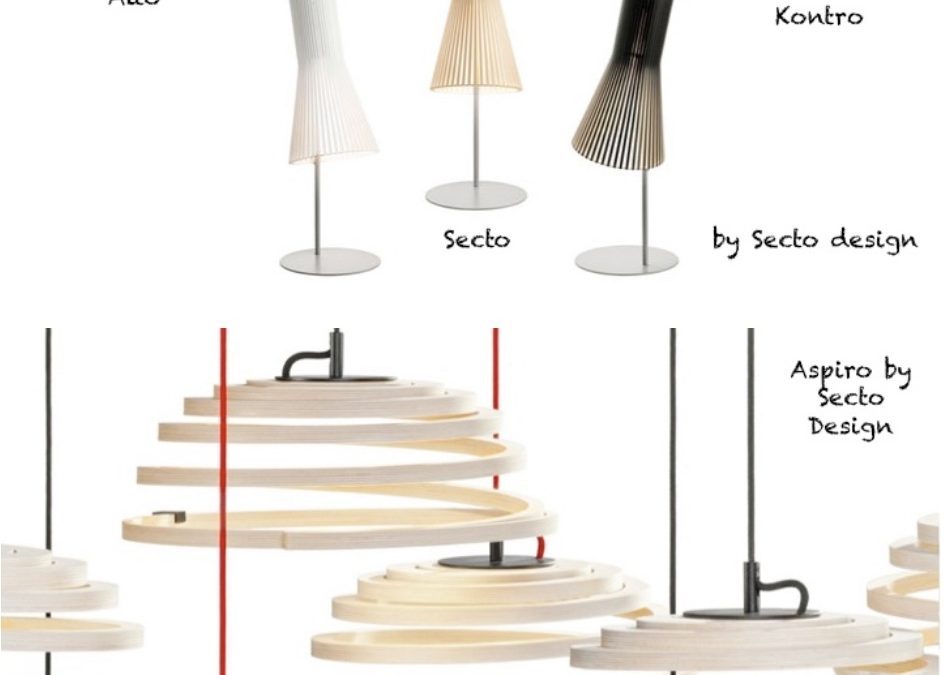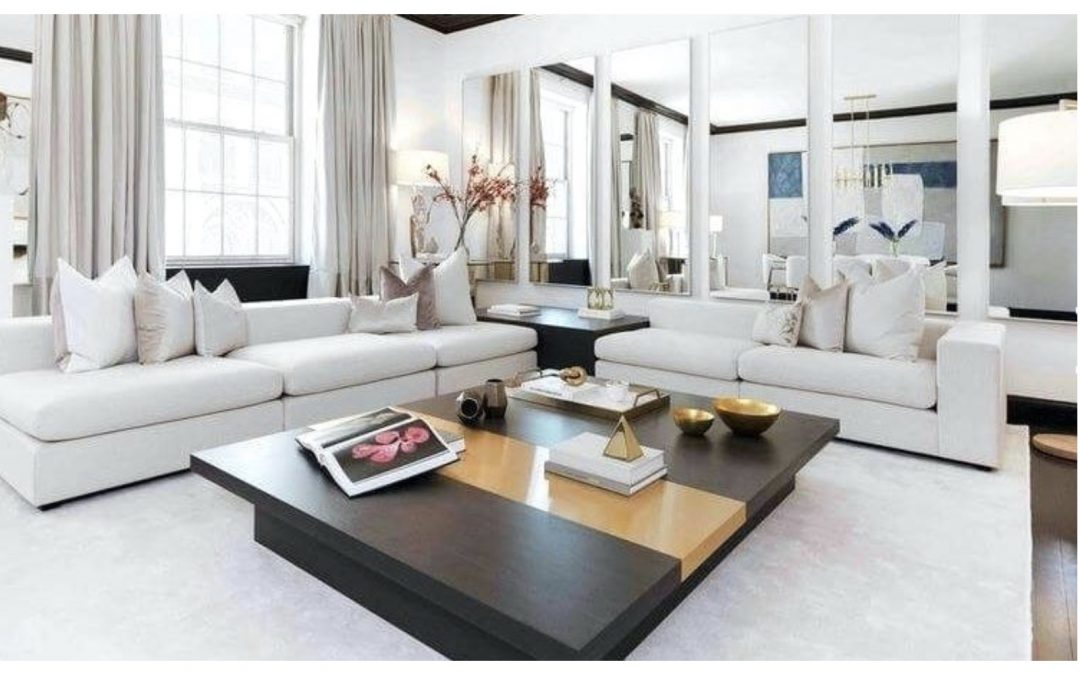
by Liz Apap | Oct 31, 2019 | Interior Design, Relocate Malta, Slider
Natural and artificial light
Lighting and light fittings
Interior – Natural Lighting
Before beginning to devise a lighting scheme in a home, house, or any building, consider the amount of natural light entering the various spaces. Natural light should be the starting point of any lighting scheme.
When looking at space layouts, the orientation of rooms are also important. Main living areas and kitchens should be south facing to benefit from its warm and bright light all day long. West facing light provides sunlight at the hottest part of the day, therefore these spaces are ideal for late afternoons and early evenings use, thus absorbing the softer light at this time. East facing spaces get much sun early in the morning and almost no sun for the rest of the day, and north facing spaces receive a cool to harsh light. Therefore, the choice of specific spaces should be made, keeping their use and orientation in mind, in order to make the best use of natural light that can play an important part in the overall ambience and feel of a building.
Interior – Lighting and the Building Regulations
According to the EU building regulations low-energy light sources should be installed, as a building should be ‘energy efficient’. And an energy performance certificate EPC certified by an architect has to be produced to validate this. Fluorescent / Compact fluorescent lamps (CFL), LEDs or discharge lamps fitted with low energy screw or bayonet bulbs are some examples.
So how much light is needed?
The first step is to calculate the square meters of a space; then each square meter is multiplied by 25 Watts (25 Watts = 250 Lumen), giving a total amount of the wattage. This light wattage need not come from a single source, it can come from a combination of different lights distributed around the space.
Interior – Light sources and their purpose
There are three types of light sources; namely ambient lighting, task lighting, and accent or mood lighting, where a combination of all three may exist in one space.
Ambient lighting is the general illumination of a room as a ceiling hanging light or wall lights. Task lighting provides targeted illumination where a specific activity takes place, as a reading light, cooking lights or any specific lights required for work. Floor lamps, table lamps and desk lamps, specific kitchen lights or mirror lights are all typical examples. Accent and Mood lighting are used to highlight an object. A spotlight directed to a work of art, or special feature, and an LED strip, are some examples. The latter are not a necessary source of light and can be sensor operated to light up only when in close proximity.
General illumination and well being
Well being can be gained from the good use of artificial lighting. Glare-free and uniform illumination can improve productivity and avoid headaches. Daylight is perceived as a bluish white light and has a temperature range of 5000K* or higher. In artificial lighting, a light bulb produces light perceived as yellowish-white at a temperature of 2700K, and as the light temperature increases to around 3000K to 3500K, the light colour appears less yellow and more white. The different light temperatures can impact our moods. Soft white as opposed to bright and cool whites light temperatures are the key to our better wellbeing. The former works better in living rooms and bedrooms and have a calming and relaxing effect, whilst the latter are better in kitchens and bathrooms creating an energetic feeling and invoke more contrast to colours.
Placing mirrors within a space does appear to enlarge that space. However, placing a mirror across from a window helps reflect light around a room maximizing the light. This scenario, the reflection of the window on the mirror also creates an illusion of never ending windows and light…and space.
Natural and artificial light source fittings
In modern times, both natural and artificial light source fittings, apart from enhancing the light source in a given space, also form part of the interior design theme. These fittings have to blend into the design mood and style.
Natural Lighting
Skylights, large windows, bay windows, french windows/doors and mirrors, bring in natural light to an interior space.
Artificial Lighting
Chandeliers and wall lights are the two main sources of illumination of a space.
Floor Lamps, table lamps, desk lamps, and bedside lamps, under kitchen under-cabinet lights, fan lights, and mirror lights are the main sources of task lights. Spot lighting, LEDs are typical examples of accent or mood lighting.
Lighting as part of an interior design theme
Lighting should play an important part in interior design. Both natural lighting and artificial lighting should be well selected and blended, and be positioned carefully in spaces to attribute to a harmonious Deco mood.
*K for Kelvin is a unit of measurement used to describe the hue of a specific light source.

by Liz Apap | Oct 23, 2019 | Interior Design, News, Relocate Malta, Slider
Interior Design
What is Interior design?
Interior design is about the balance of light and shade, colour and form; styles change with evolution and time, but also reflect how all members of a household including animals and pets, utilize spaces in houses, homes, or how customers feel in a commercial environment, including cafes, restaurants or places of entertainment.
Interior design also effects our lifestyles, our work spaces, amusement / hobby’s areas, as well as our health and well being. Well designed homes need to fit the lifestyles of families, and likewise stylish commercial premises must meet the needs of its customers.
It involves careful use of space planning, textiles, different materials, paintwork, colour, sustainability, health and safety issues, as well as original and creative effects presented by a designer, both in luxury and simplified scenarios.
Brief History of interior design and styles adopted from other countries.
During the Middle Ages, from the 5th to the 15th centuries, there was a wide variety of homes. There were castles, manor houses, monestaries, mud huts; and also apartments over shops by the late Middle Ages. Certainly, housing and interior design differ in different parts of the world.
However, during the Middle Ages, necessities in a typical home were more important than their appearances. Wall hangings were very popular. Light, warmth, vicinity to spring water or communal wells and waste disposal were of great importance and the typical home was not very comfortable. Houses, homes and small buildings were dark and utilized daylight to its best and candle light at sunset, as windows were small spaces in walls; window glass was not available to most. Wall hangings would act as space separators and helped to keep the warmth within the building that most often consisted of one large room. On the other hand wealthy peoples homes consisted of castles and manor homes that were spacious and more luxurious. Monasteries and manor houses covered much of the manufacture of commodities including grain, fruit and vegetables, herbs, healthy beverages and were also knowledgeable on herbs and spices medicinal remedy preparations. ‘A Hermit’s Cookbook: Monks, Food and Fasting in the Middle Ages, by Andrew Jotischky, first published in 2011 by Continuum International Publishing Group, London, (a catalogue record of this book is available from the British Library, London UK.) makes interesting reading.
The Renaissance Period covering the 15th and 16th centuries encouraged larger interior spaces, created the apartment and enhanced the sale of goods in shops at ground floor level, as opposed to the market place stalls.
The Baroque Period 1600 – 1750 then expanded on these larger interior spaces by filling a room with treasures that expressed the interior design of a building and building styles.
The coming of the Victorian Age 1837 – 1901 gave more importance to those living in a space, their needs, lifestyle and use.
During Post war and modern times, home deco became more reflective of ones personal habits and tastes.
In Modern Times
Styles
In modern times, the re-introduction of older styles and influence from other countries namely, the Middle East, Africa, South America, Asia as well as different parts of the EU, add to the final result, and these styles are now universal.
Textiles
The industrial Revolution 1760 to approximately 1840, namely going from manual production to industrial manufacture, greatly helped the manufacturing industries. Available textiles, both natural and synthetic, are used for curtains, furniture upholstery, bedclothes and introduce colour and print motives, such as foliage, floral, or modern art designs to the deco scenario.
Different interior design materials
Different materials such as wood, cement, ceramic and synthetic tiles, chrome deco, stained glass windows, colourful fused glass wall deco, use of mirrors, gypsum moldings, plastering, wall paper, and light fittings create the mood.
Colour
Colour is also a powerful design tool. In order to create harmony within a building, the understanding of colour is essential; warm and hot colour hues vs. cold and cool colour hues, composing and coordinating them, understanding primary, secondary and tertiary colours and their compleamentaries. Good use of colour can create calmness, cheer, comfort, stress or drama. And creative colour combinations can bring warmth to large spaces or enhance restricted areas.
Sustainability and easy maintenance of interior design deco can help the durability of materials used in buildings. This also depends on the needs and affordability.
Eco friendly, health and safety
Health and safety precautions are also paramount. In time, some materials for example the use of asbestos has been found to be a health hazard. The maximum use of natural light and fresh airflow ventilation, help to control the building’s relative humidity and temperature levels in a natural way. The use of plants can also improve the air quality, the deco.
The Interior Designer
The Modern era gave rise to the professional interior designer. Designers now work together with clients to create spaces with a distinct ambience and well being


